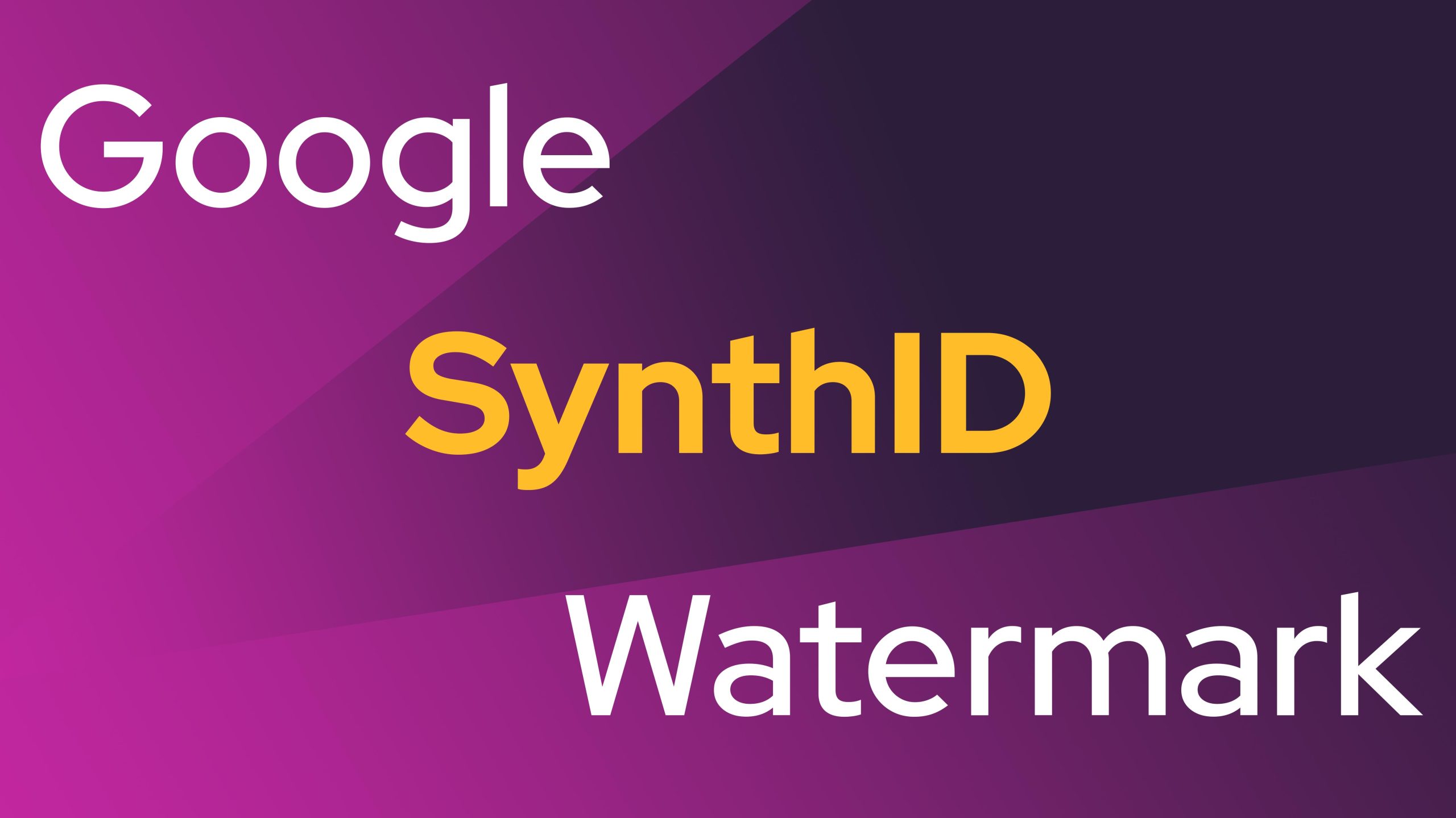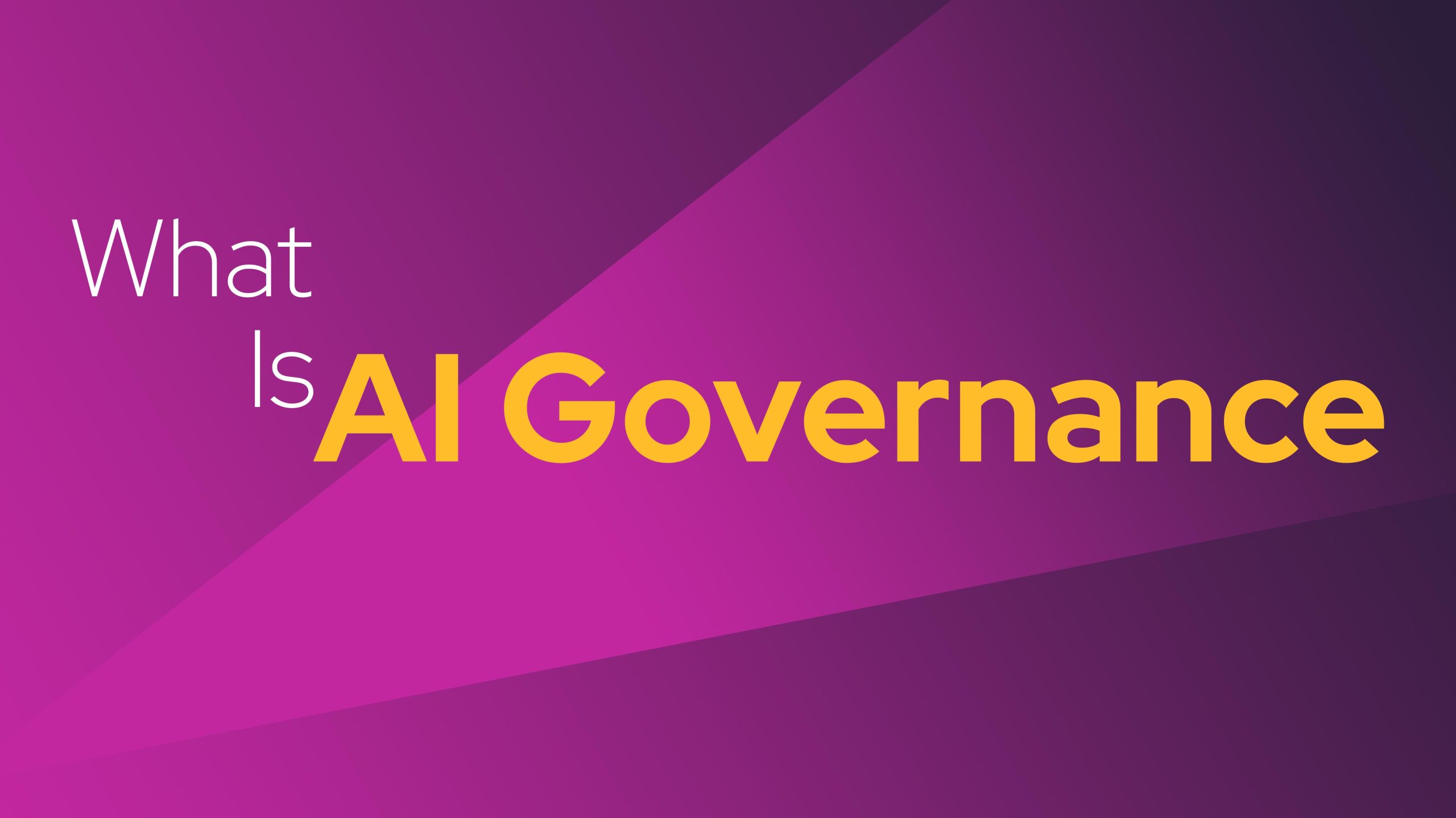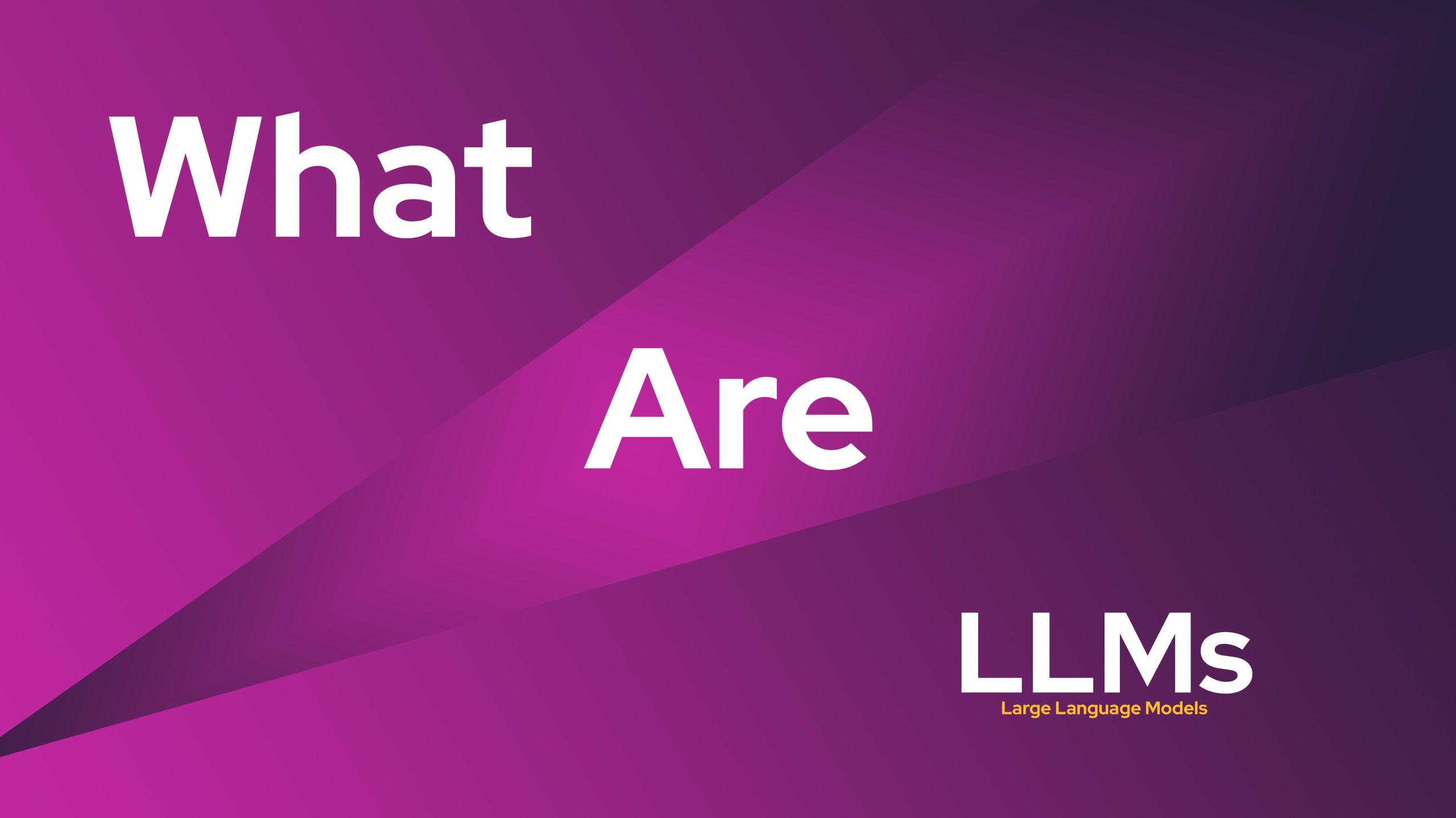Find out about Google’s SynthID watermark. It’s a tool that shows if content is made by AI.
See why this matters for both publishers and people who read or watch stuff.
Google has always watched how AI is used to make content.
We noticed websites that use a lot of AI for their content often see their visitor numbers and their place in search results go down (this is because of Google’s AI rules).
Now, Google has pretty much agreed with this idea.
They’ve shown they look for AI-made content by sharing their AI watermark tech for everyone to use.
So, what’s this Google SynthID AI watermark all about, and why should people who make or read content care?
Main Points :
– Google DeepMind introduced a special AI watermark called SynthID. It’s now on Hugging Face for developers to try and use.
– This watermark by Google DeepMind can’t be seen. It hides in the text created by AI.
– Google believes this watermark will make it harder for AI that shares false information or harmful content to have a big effect.
Google’s SynthID AI Watermark: What It Is
Google DeepMind has come up with SynthID, a tool that spots AI-made text.
Now, you can use it on Hugging Face, as they shared in their news from October 2024.
This tool adds a special mark in the text made by AI. This tells you if AI wrote it.
But, this mark is not something you can see. It’s a hidden mark in the text.
Google’s team thinks this hidden mark will make it easier for them to find AI-written text later.
They’ll do this by looking at scores to see if the text is:
- Marked by the tool
- Not marked
- Not sure
If this method works well, it can make the internet much clearer and more responsible.
These two ideas are very important because AI technology is getting better fast.
But right now, this tool isn’t perfect.
Google says there are problems, like when you change content from one language to another or when someone completely rewrites something made by AI.
What Does the Google AI Watermark Mean for Readers and Writers?

Let’s dive into how this big shift affects both writers and readers when it comes to AI-made articles.
For Writers:
Writers can look at this in a few ways. If a writer focuses on crafting stories and articles by hand, this watermark is good news.
It helps them show their work is real and not made by a AI. This way, they can keep a trustful and clear bond with their audience.
Writers can also use a special tool called Netus.ai. This tool helps them see if any part of their work looks like it was made by AI.
But, for those who often use AI to create work and say it’s theirs, things will get harder. This is because of a new kind of hidden watermark.
For Readers:
For people, this way of doing things could make the online world clearer.
This is a big step to making the internet more real again.
It helps people know where their information comes from and stops bad false information from spreading.
How Google’s SynthID AI Watermark Works Behind the Scenes
Google has come up with a cool tech called SynthID. It’s like a super-smart marking system for AI-made content. It plants unseen marks into the AI-made content. The hidden mark helps to tell apart computer-made text and human-written text, without messing up how nice it reads or looks. Here’s a down-to-earth way of explaining how SynthID works:
- How it plants the mark:
SynthID works with AI models right when content is created, planting a digital mark.
The marking process uses special methods that change how the text is built, but doesn’t mess with how it looks.
Changes happen at a level we call ‘data encoding’, making sure the text appears natural to us humans.
- How it keeps the mark hidden:
The mark is hidden by small changes in text parts called ‘tokens’, making a special pattern that regular users can’t see.
Thanks to a method called ‘redundancy-based encoding’, the mark stays put even if the text is slightly tweaked or restated.
- How we check for the mark:
When we need to check content, the SynthID checking tool looks at how ‘tokens’ are spread out and matches it against the hidden mark.
It gives out probabilities that tell us if the text is without a doubt marked, likely marked, or not marked at all.
- How it fights back changes:
SynthID is built to withstand regular changes like restating, summing up, or translating text.
But, Google admits that if the content is heavily rewritten or changed in complex ways, it could make the mark harder to track.
- How it works with platforms:
Developers can work with SynthID using Hugging Face or Google’s Responsible GenAI Toolkit, allowing it to be used in a lot of applications, like chatting robots, content makers, and automated writing tools.
By planting marks in a way that users can’t see, SynthID keeps accountability and authenticity in AI-made content without making it harder to use.
AI Watermark: Changing Digital World

New tech like SynthID is introducing AI watermarking. This can make a big shift in how the world handles the content we see online. AI-generated content gets more and more common these days. Watermarking can help us know where it comes from and if it’s true and is being used rightly. Here’s how the tech can shape our digital lives:
Checking Out Content in Media:
Websites like Twitter, Facebook, and YouTube can use watermarks to spot and flag AI-made posts. This could reduce false information and fake news. News agencies could confirm the original source before sharing stories and keep their honesty.
How Watermarking Supports Creators:
Artists, writers, and other creative folks using AI tools will find watermarking useful. It will show who made a piece of work or how to credit the right person. Disputes about who has the rights to a piece of work can be solved easily if AI-made works have a watermark trace.
Search Rankings and AI Watermarks:
Google could consider using AI watermark detection in its search algorithm. This might mean it would lower the rank of sites mainly using AI content with no watermark. This could make creators more open, pushing for clearly credited, better quality content.
Fighting Fake Media:
While SynthID works with text, other watermarking tech could be used for video, images, and audio. This might stop fake media manipulation. It can also play a critical role in politics, public events, and managing online reputation.
Legal Frameworks:
Governments and regulators could use watermarking rules as part of their AI policy. Requiring AI content to carry a label might become law. This could shape future laws regarding privacy and being open.
Economic Impacts:
As more and more businesses start watermarking, AI-made content might start to cost more. Content with verified watermarks could be more valuable than unwatermarked content.
Trust and Credibility:
People would trust digital content more if they knew it was verified by technology. Schools, online shops, and chat forums could use watermarked content to build trust. This can also promote good information sharing.
Educating About Watermarks:
There could be campaigns educating people all over the internet about understanding watermarks. Media literacy programs might include understanding AI watermarks in their critical thinking training.
The use of AI watermarking technologies like SynthID could make a big change in the digital content world. It could promote transparency, reduce false information, and encourage accountability. Its success will rely on support from the industry, regulators, and the continual innovation of technology.
Final Words
At Netus.ai, we believe in being clear and open. We offer top-notch tools to find AI-written text and check for copied work.
This news is our way of promoting honesty, especially as we see more AI writing popping up in Google searches
We haven’t fully seen what effects this new feature will have yet.
However, by pairing it with our powerful AI checker, we’re helping steer discussions the right way.
Questions People Often Ask About Google’s SynthID AI Watermark
What is SynthID Text?
SynthID is a special tool Google DeepMind made.
It puts a hidden mark in text made by AI. This lets people and companies tell apart what’s made by AI and what’s not.
Is SynthID Text open for everyone to use?
Google has made SynthID free for everyone. Now, developers and companies can get it through Hugging Face or Google’s Responsible GenAI Toolkit.
Does the watermark change how good AI-made text is?
According to what MIT Technology Review found out, putting the SynthID watermark doesn’t make the AI’s text any worse.
It’s just as good, accurate, and fast as before.
They found this out by looking at what 20 million times chatbots gave answers, both with and without the watermark.
Related Posts
Through digital leadership we empower people to leverage the opportunities in global economy




